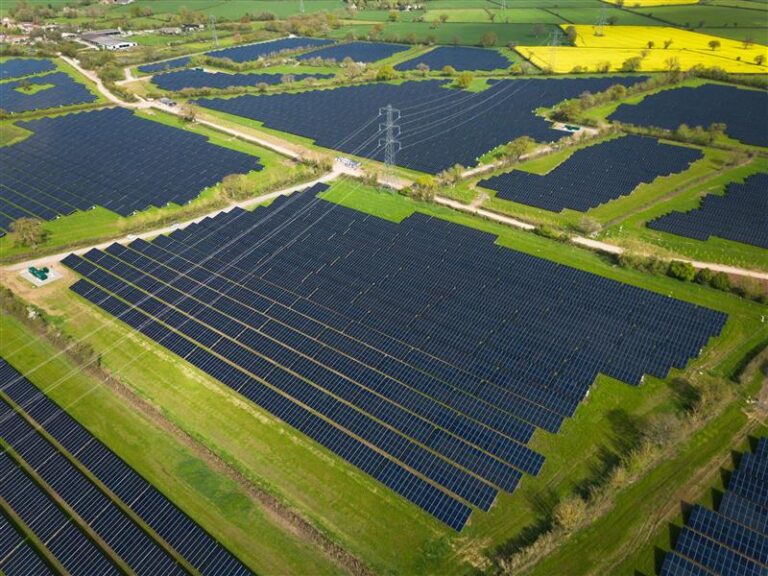On April 1, between 12:30 and 13:00, Groot -Britain insured a new maximum record of Solar generation of 12.2 GW.
The new record is when March 2025 was considered by Office as the sunniest march since the records started in 1910, with 185.8 hours of sun -drenched everywhere. This was capitalized by the sun sector of the Nation, which recently exceeded the 18GW threshold for installed capacity.
According to Sheffield Solar Live PV trackerWhose data was previously used to predict by the Operator of the National Energy System, the UK came close to breaking the record on Sunday 30 March, with Peak Generation 11.9 GW reached.
Although weather patterns dictate the generation of Zolne -PV, 1 April 2024 registered a peak generation capacity of 5.71 GW for reference, while the peak reached 11.5 GW for the whole of 2024 on 2 June.
Before April 1, the Sheffield Solar Live PV tracker indicated that Solar PV generated a cumulative total of 87.6 GWH of renewable energy all day long.
Although PV energy plants on solar energy up and down the country have probably supported most of the generation capacity, it is expected that the distributed generation, such as Zonne-PV on the roof, has played an integral role in the record, helped by strong installation figures in 2024.
From the microgeneneration certification scheme, which certifies renewable energy products and installers, recently shown that between January 2024 and January 2025, 200,010 PV installations for home solar energy and 22,667 storage systems for home batteries were performed. This was attributed to falling costs.
Research by Solar Media Market Research has shown that about 20% of the 2.3 GW of Solar Energy that was used in 2024 came from residential installations on the roof, with commercial installations on the roof that contribute another 20%.
Set positive policy signals to strengthen the installed PV capacity
Zonne -PV in the UK has grown considerably in the past year, largely due to positive policy signals of the Labor government that investors in the energy transition of the country have supported, in contrast to the unpredictable and often lack of support from the conservatives.
This is reflected in public support for generating clean energy technology, with recent research by trade body Solar Energy UK, revealing that 77% of the British public development of solar energy in their local area supports.
In addition, according to research by Solar Media Market Research, the UK is expected to add new solar capacity in 2025 between 3GW and 3.5 GW.
It is expected that it is expected to be increased. The precedent was established in December 2024 with Josh Cornes, an analyst at Solar Media Market Research, after he said that 30 new sun applications, a total of 1.1 GWP in capacity, were added to the British planning system in December 2024, with only November 2023 Overstrof.
Jess Ralston, an analyst at the Energy and Climate Intelligence Unit, greeted the new record of the solar generation and emphasized that every newly installed solar module helps to reduce dependence on fossil fuels.
“Every new solar panel that is installed in the UK makes us less dependent on gas input, which is good for our energy independence and for stabilizing energy bills, since the sun offers its strength for free,” said Ralston.
“As we install more solar energy and build more wind turbines, our dependence on gas will fall, as well as our vulnerability for Putin. Volatile gas prices cost us an extra £ 140 billion since the crisis began, so there are advantages for taxpayers and Billpayers.”
Our publisher, Solar Media, will be the next edition of the UK Solar Summit On 1-2 July 2025 in the Leonardo Royal Hotel London Tower Bridge in London. You can book your ticket here.


